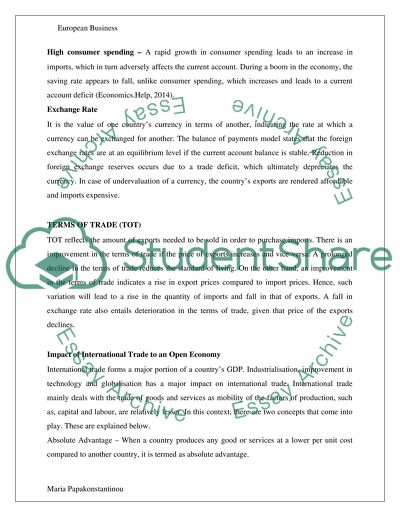Cite this document
(European Business - Impact of International Trade to an Open Economy Assignment, n.d.)
European Business - Impact of International Trade to an Open Economy Assignment. Retrieved from https://studentshare.org/macro-microeconomics/1652395-european-business
European Business - Impact of International Trade to an Open Economy Assignment. Retrieved from https://studentshare.org/macro-microeconomics/1652395-european-business
(European Business - Impact of International Trade to an Open Economy Assignment)
European Business - Impact of International Trade to an Open Economy Assignment. https://studentshare.org/macro-microeconomics/1652395-european-business.
European Business - Impact of International Trade to an Open Economy Assignment. https://studentshare.org/macro-microeconomics/1652395-european-business.
“European Business - Impact of International Trade to an Open Economy Assignment”, n.d. https://studentshare.org/macro-microeconomics/1652395-european-business.


